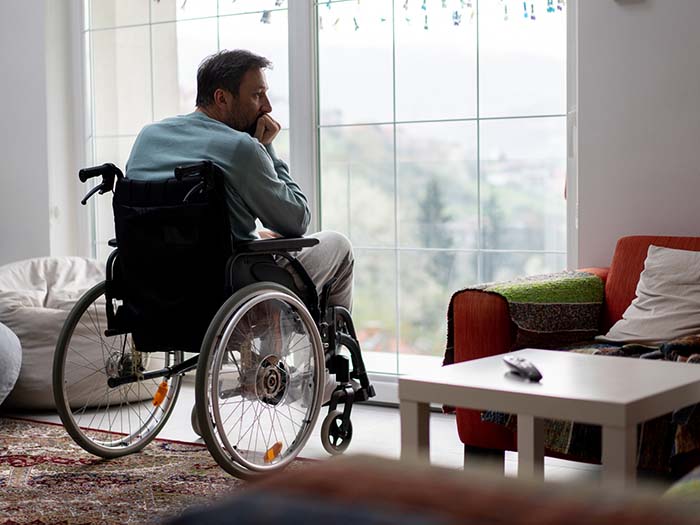Column: Workers' Comp
Quality Care Outside the ER
A recent trip to the hospital provided a clearer understanding of why I am seeing more employers offer services that prevent minor workplace injuries from leading to unnecessary emergency room visits.
It was 6 a.m. the morning after my wife underwent an outpatient hospital procedure to remove fluid accumulating around a lung. She was experiencing shortness of breath and pain, but we didn’t know whether the symptoms were expected or needed attention.
Better hospital discharge instructions the prior day would have prevented our dilemma at an hour when the emergency room was our only source for medical answers.
We debated the necessity of the ER as we drove to the hospital and even as we walked in the door. We just needed someone to put our minds at rest.
Employees were shocked when they heard the real cost of emergency room care. The exercise gained their cooperation in reducing ER visits.
But walking into an emergency room claiming shortness of breath lands a patient in a bed followed by an intravenous fluid line insertion, a chest X-ray, an MRI and an EKG before the doctor feels safe offering a simple assurance that the problem is only residual symptoms from the earlier procedure.
Our visit illuminated why more employers are turning to triage nurses to determine whether a hospital emergency room visit is necessary or if simple first aid will suffice.
I help select winners of the Risk & Insurance® Teddy Award, given to employers with outstanding safety and workers’ comp programs. Among the 2016 Teddy Award applicants, I see more employers working to eliminate unnecessary emergency room visits.
One creative employer asked workers to submit guesses for the cost of receiving a few stitches during an ER visit. The closest guess to the actual cost received a gift card.
The employees were shocked when they heard the real cost. The exercise gained their cooperation in reducing emergency department visits.
Of course, employers must be wise about deploying strategies that reduce hospital visits. No one wants to risk exacerbating an injured colleague’s condition by discouraging necessary acute care.
Nor do employers want to run afoul of regulators.
Yet, more can be done to reduce unnecessary emergency room use, according to a 2013 RAND Corp. study. Better access to non-emergent care could help.
Interestingly, however, RAND found that while emergency rooms are often “targeted as the most expensive place to get medical care,” they actually play a part in slowing health care cost growth by preventing avoidable hospital admissions.
Emergency departments are playing a larger role in overall U.S. health care treatment as their complex diagnostic evaluation capabilities are increasingly used to support primary care doctors.
Though in our case, better discharge instructions would have helped us avoid the ER. &










